Esprit de Corps must be purposefully cultivated and deliberately maintained. Esprit de Corps is embedded in military culture and sustained and fostered through customs and traditions.
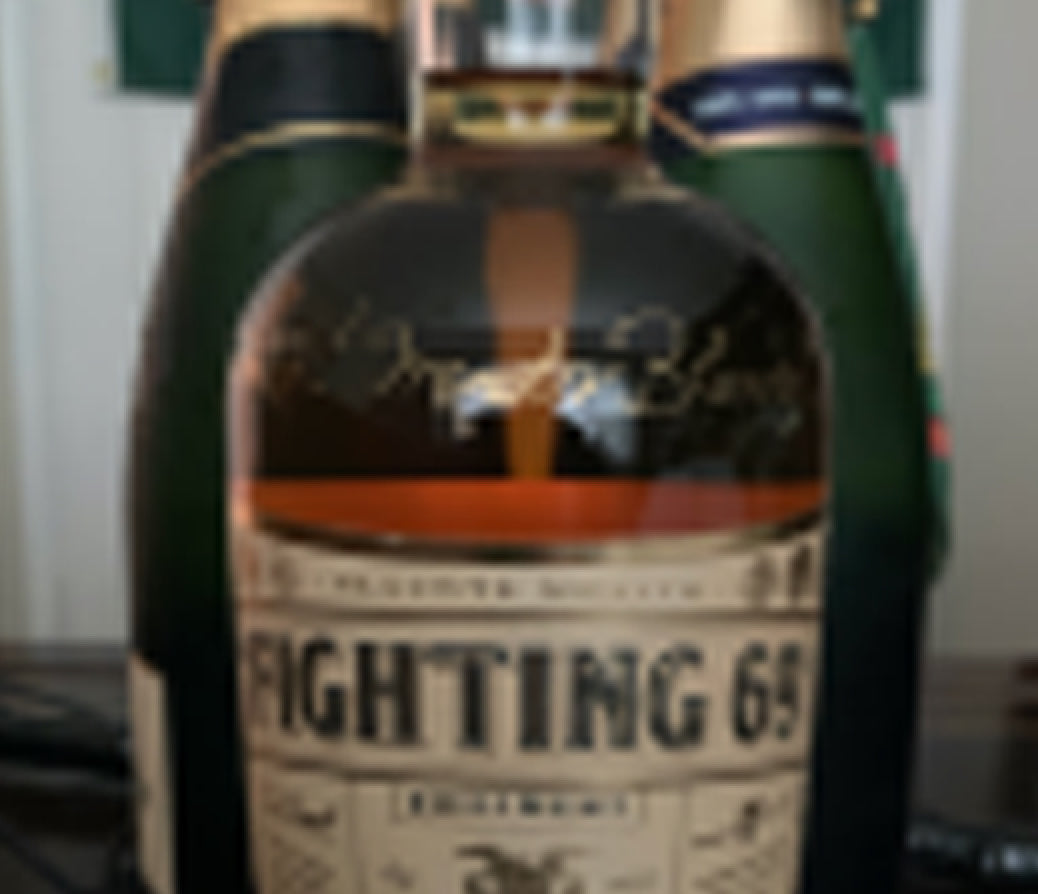
Regimental Cocktail
The Regimental Cocktail, made of one-part Irish whiskey and two/three parts champagne, is prepared for toasting at all regimental affairs. At Fredericksburg, General Thomas Francis Meagher, who liked to drink whiskey mixed with Vichy water, sent a soldier to get the effervescent mineral water. Unable to do find the water, the soldier returned with champagne. General Meagher mixed the two and the Regimental Cocktail was born.

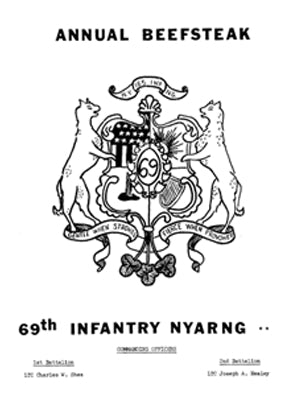
Makin Day Dinner
Held the first Friday in November, the Makin Day Dinner celebrates the invasion of Makin Island during World War II when the 69th Regiment (165th Regimental Combat Team) spearheaded the beach landing on this central Pacific atoll on November 23, 1943. Originally called the Beefsteak Dinner, the name was changed to honor the veterans of Makin Island. The Makin Day Dinner is organized by the members of the Veteran Corps 69th Regiment.

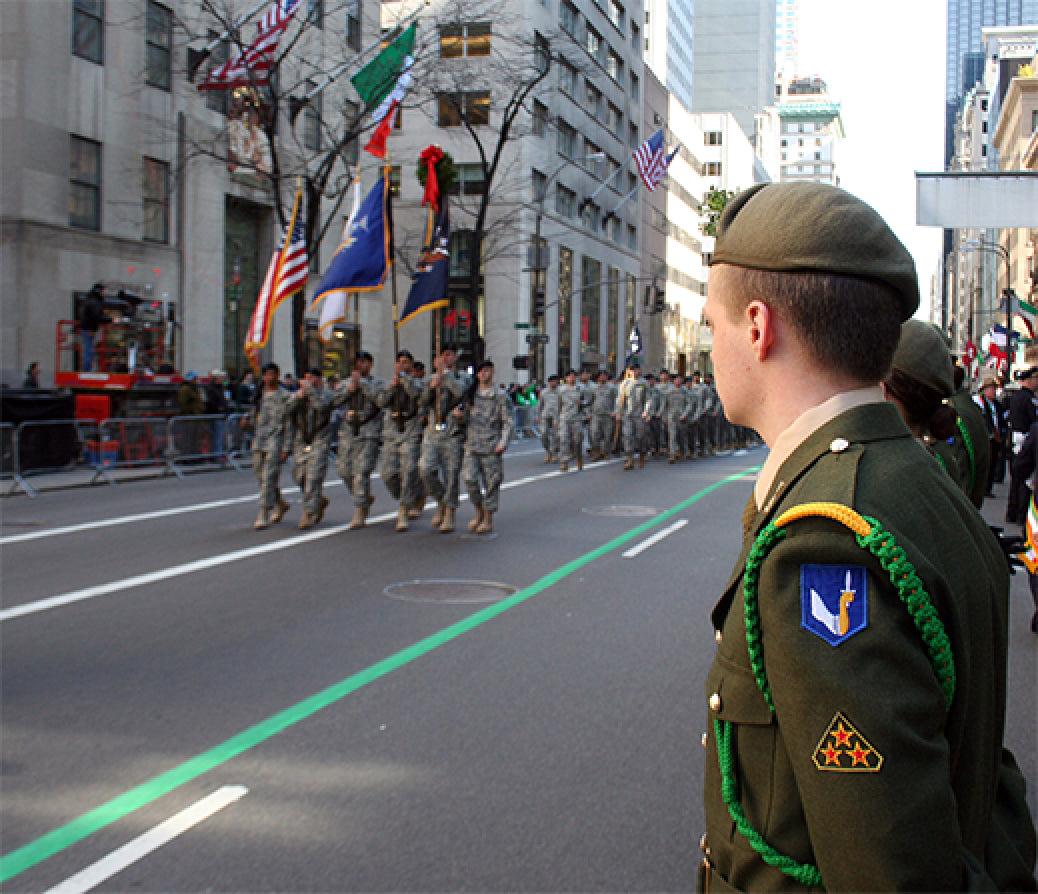
St. Patrick's Day Parade, Unit Day-March 17th
Around 1850, the recently formed 69th Regiment became the official military escort and the Ancient Order of Hibernians became the official sponsor of the parade. Ever since, the 69th has been the first unit to march in the parade both in wartime and peacetime. The 69th celebrates March 17 as Unit Day and proudly marches to honor its great history.

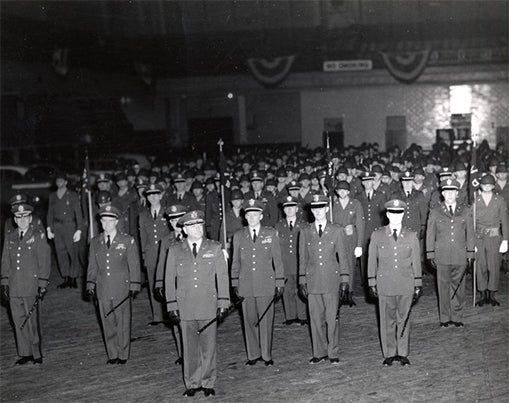
Blackthorn Stick
Officers and NCO’s of the 69th Regiment traditionally carry swagger sticks made of blackthorn wood during the St. Patrick’s Day Parade and on other ceremonial occasions. Ancient Celts revered the blackthorn tree and in Irish folklore the blackthorn tree has supernatural associations.

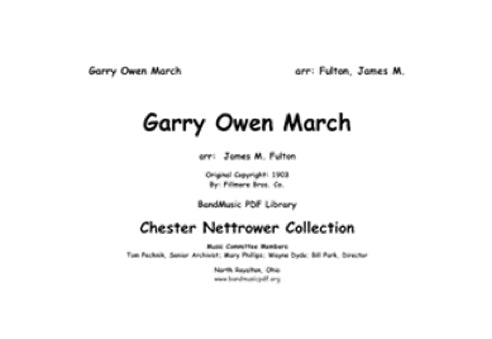
Garryowen
Garryowen has been the unofficial Regimental March since prior to the Civil War. The tune was written in the 1770s and became popular among Irish regiments of the British army through the 19th century. It naturally spread to America and became the signature march of the 69th Regiment. The 7th U.S. Cavalry subsequently adopted the tune under General George Custer.

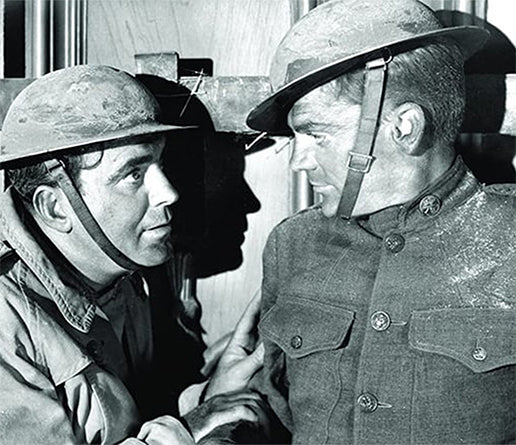
“Fighting 69th”
Because the regiment fought so bravely and ferociously during the Civil War, Confederate General Robert E. Lee, nicknamed it the “Fighting Sixty-Ninth” at the Battle of Fredericksburg in 1862. Proudly used since that time, the name became the title of a major movie about the 69th’s exploits during World War I, starring James Cagney and Pat O’Brien.

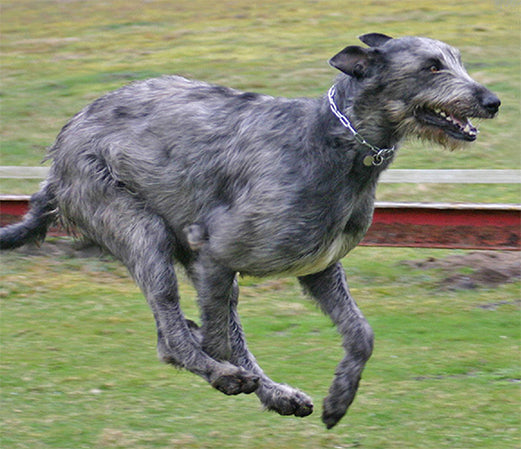
Regimental Motto- "Gentle When Stroked, Fierce When Provoked"
Irish wolfhounds were companions to the Kings of Ireland, and are prominently featured on the regimental coat of arms. Despite its large size, the Irish wolfhound has a generally calm disposition but can become ferocious when aggravated. The Irish wolfhound is the Regiment's traditional mascot.

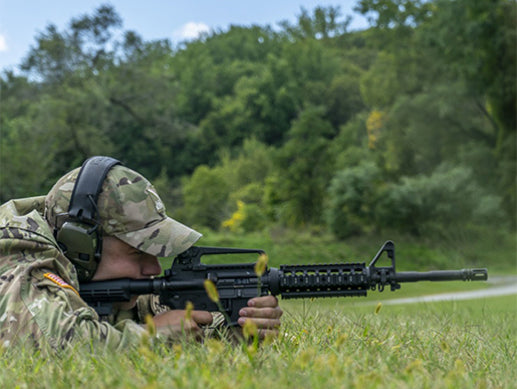
The Logan – Duffy Trophy Rifle Match
This rifle match began in 1936 when the commanders of the 101st Infantry, Massachusetts Army National Guard and the 69th Infantry New York Army National Guard organized a friendly marksmanship match. The regiments, each with an Irish history and a friendship dating to the Civil War, annually compete for the ornamental trophy which is retained each year by the organization winning the rifle match.

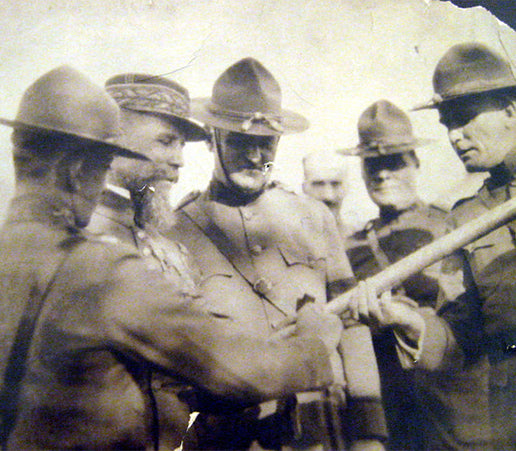
Length of Color-Staff
When General John J. “Black Jack” Pershing, commander of the American Expeditionary Force, officially reviewed the 42nd (Rainbow) Division in 1919 he hesitated before one of the regimental color guards, noting that the color-staff was one foot longer than regulations permitted. Upon examination, the reason for the discrepancy was clear--the unit’s inordinate amount of engraved silver battle rings had to be accommodated on the staff. "What regiment is this?" asked the general. "The 165th Infantry, Sir," responded the soldier. "What regiment was it?" continued the chief. "The 69th New York, Sir," came the proud reply. "The 69th New York, I understand now." Thus did General John J. "Black Jack" Pershing acknowledge the reputation of "The Fighting 69th." Having originally gained its fame during the Civil War, the regiment gathered nine more battle honors during World War I.


Calvary Cemetery
Calvary Cemetery in Queens contains the remains of many unit casualties of Civil War, Spanish-American War, and World War I and one day each May, members of the Veterans Corps, 69th Regiment gather at two special memorials dedicated to the Regiment to conduct formal Memorial Day ceremonies.

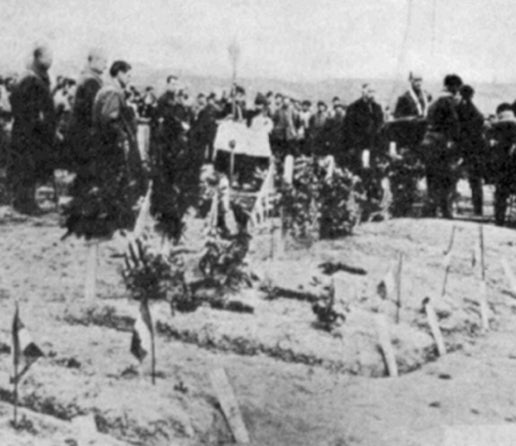
Rouge Bouquet
On March 7, 1918 a shell from a German artillery barrage landed on the roof of a dugout in the Rouge Bouquet Sector, burying 1st Lieutenant John Norman and a group of men of E Company under mud, dirt and beams. After hours of intense rescue efforts, under continued enemy artillery fire, efforts to reach the soldiers were halted. Twenty-one were killed as a result of the explosion, including Lt. Norman and fifteen others who remained entombed in the collapsed dugout.
Father Duffy conducted Last Rights and the men placed a marker at the dugout. Joyce Kilmer wrote the poem "Rouge Bouquet" to memorialize the men who died and Father Duffy read it aloud for the first time that St. Patrick's Day 1918. From that time to this Joyce Kilmer’s poem “Rouge Bouquet” is read at funeral services for veterans and members of the 69th Regiment.

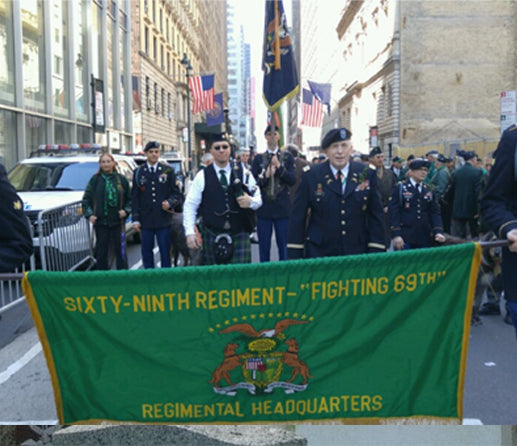
Boxwood on St. Patrick’s Day
At the Battle of Fredericksburg, the soldiers of the Irish Brigade wore sprigs of Boxwood in their hats because their Green Flags had been returned to New York. In commemoration of that Battle where many of the Regiment lost their lives, the soldiers and veterans of the 69th wear sprigs of boxwood during the St. Patrick’s Day Parade.